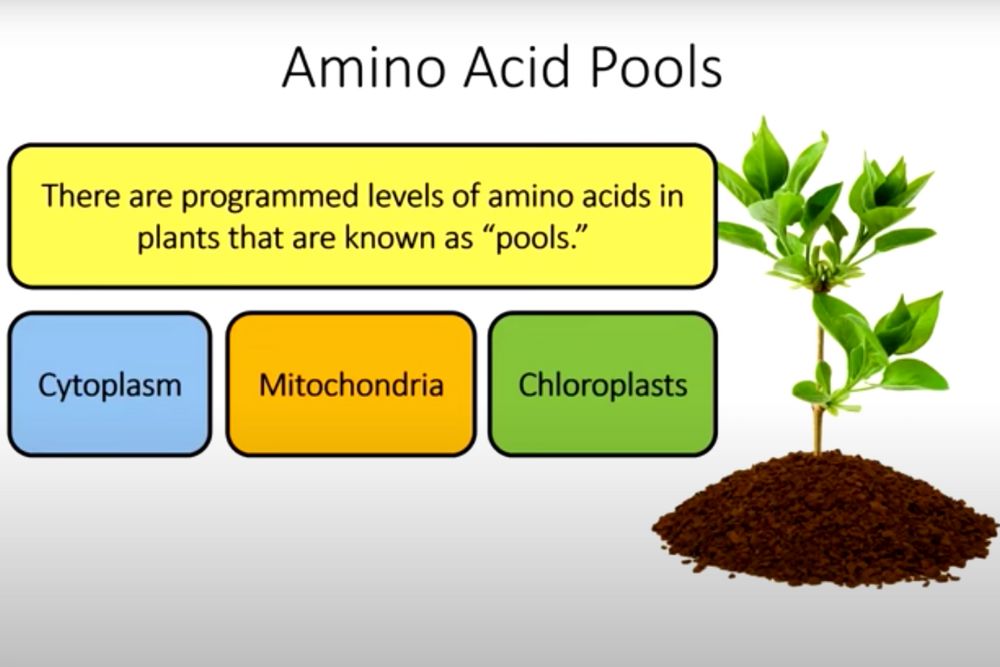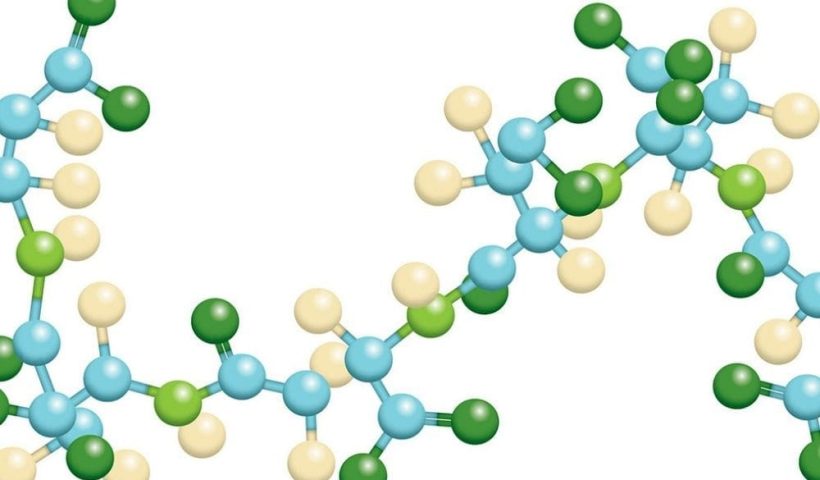
Previously, we explored abiotic stress to understand the importance of amino acids in golf course programs. This article will explain what amino acids are and what they do within plants.
Amino acids are chemical compounds closely related to proteins. You probably learned in biology class that proteins are the “building blocks of life.” Well, amino acids are the building blocks of proteins—you could say they’re the blocks that build the blocks. There are 20 amino acids, which differ by their chemical structures. Amino acids are versatile physiological tools that plants can use via foliar or soil applications.
While amino acids are generally essential to life—including plant life—they are not all equally important. Some amino acids are more beneficial to plant health than others. Rather than focusing on the total number of different amino acids in an application, we focus on the concentration of amino acids in each application.
Amino acids pool in the cytoplasm, mitochondria, and chloroplasts in a plant cell. Each of these pools has a programmed level of amino acids. By applying amino acids to the plant, we fill the pools and trigger metabolism. The plant naturally metabolizes the amino acids to return the pools to their normal, programmed levels.
To affect metabolic change, we carefully select a package of amino acids that will deliver the right concentration to the plant. In our next “Understanding Amino Acids” blog post, we’ll discuss four amino acids that provide targeted benefits for turfgrass.



